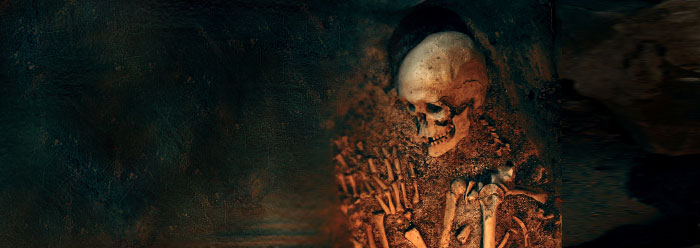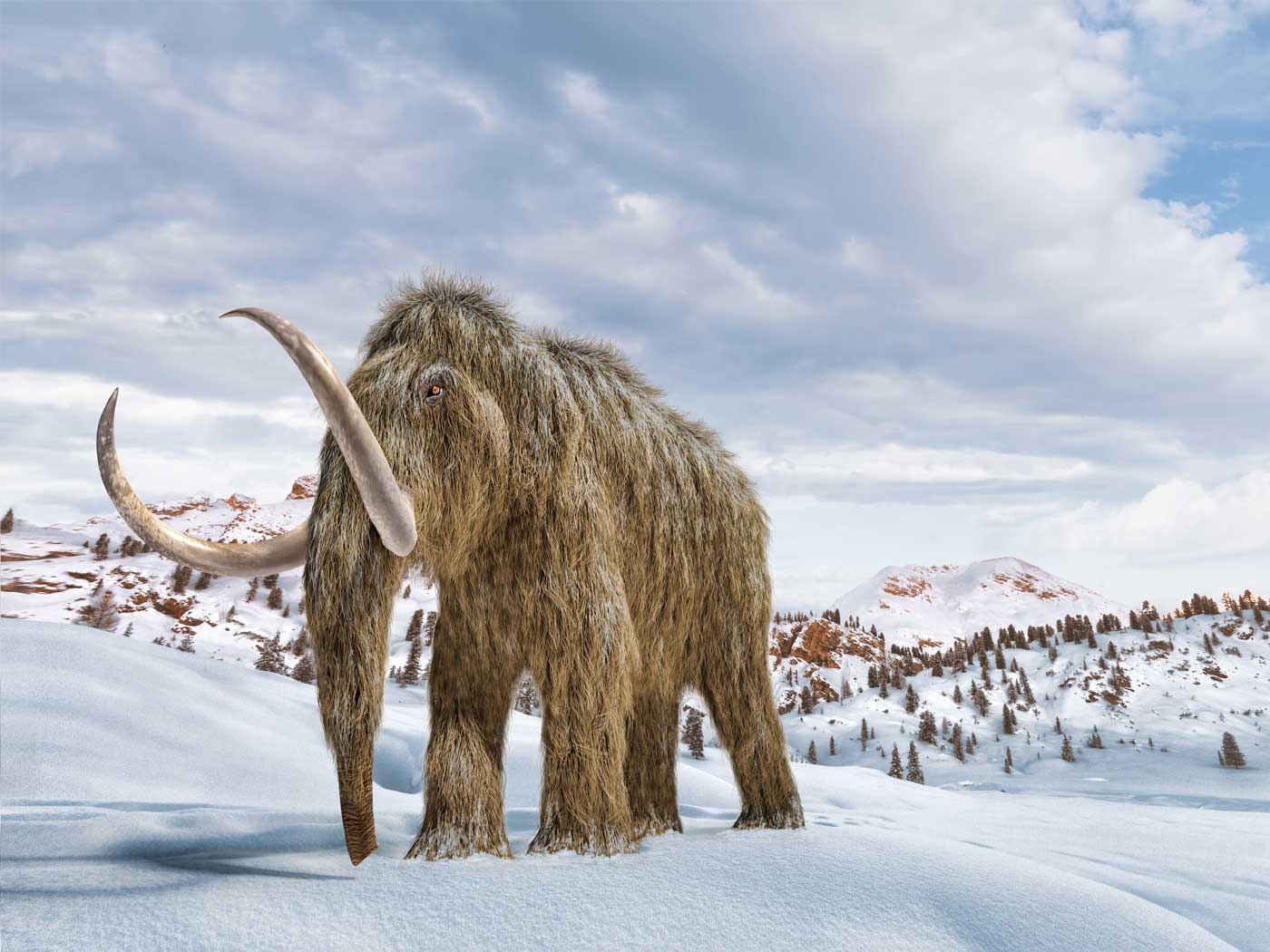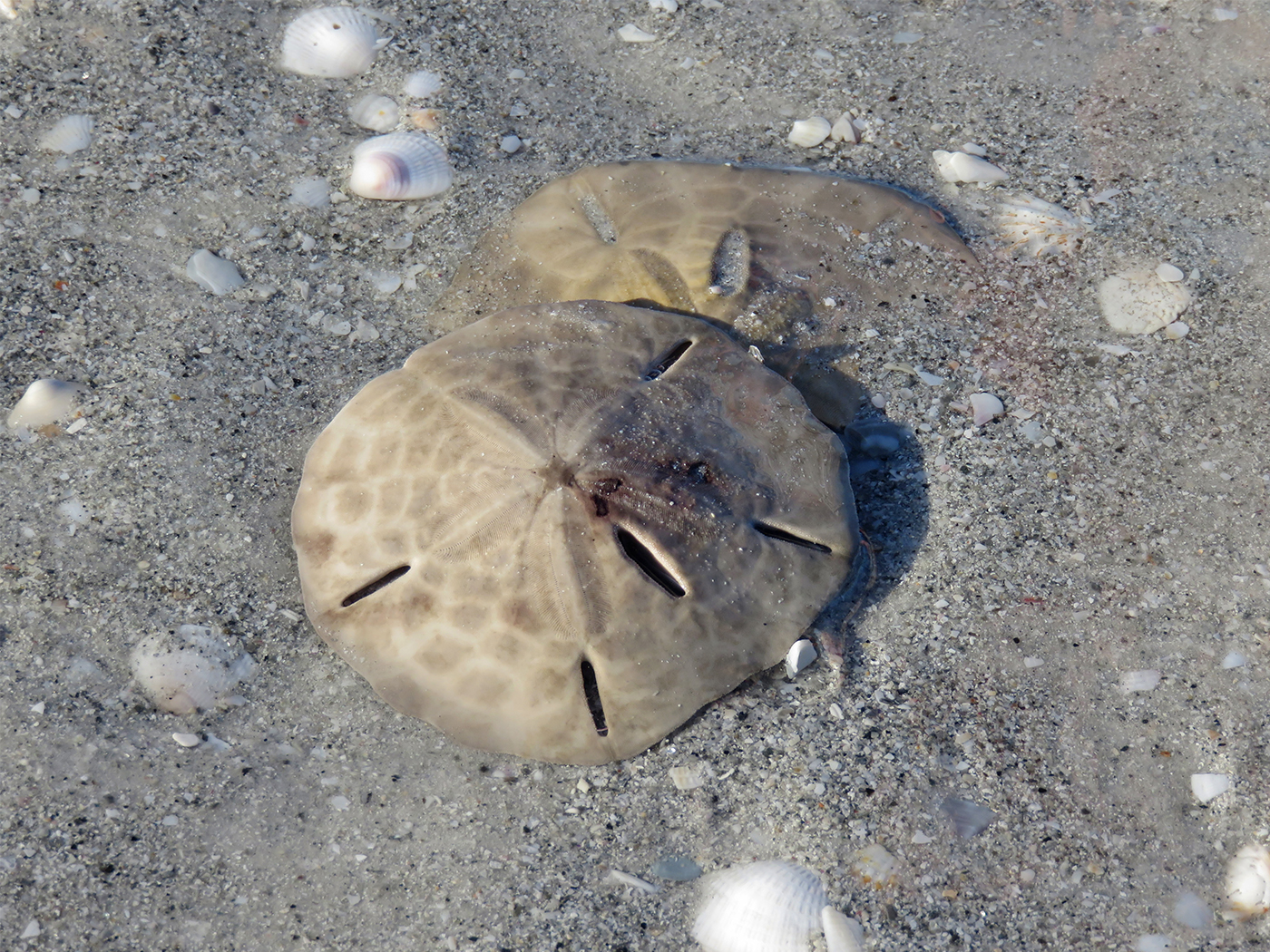A set of fossilized human remains has been discovered in Iberia that shows partial Neanderthal characteristics, proving again that Neanderthals interbred with anatomically modern men.1 This adds to a growing list of evidence, consistent with biblical history, that demonstrates Neanderthal to have been fully human, rather than an evolutionary transition.2
Though evolution models once held that Neanderthal man was one of the “missing links” between an ape-like ancestor and modern man, the repeated discoveries of Neanderthal remains right next to those of modern humans—instead of in separate, lower, older strata—have forced him out of the pool of “pre-human” evolutionary ancestor candidates. In contrast to ever-evolving naturalistic interpretations, the biblical creation model has consistently maintained that Neanderthal man was just that—man.
Neanderthal did have distinct characteristics that are apparently now either extinct or diffused, but his family line was fully human for several hundred years after Noah’s Flood, when humans repopulated the earth about 4,300 years ago.
The mounting evidence for Neanderthal and modern man’s coexistence calls into question whether the Neanderthal and other human varieties even lived in separate times, as the evolutionary story still maintains. Both the Bible and science indicate that this was not the case. Biblical history has no place for such a separate, distant time of evolutionary development, but it does allow for variations within the human kind in its 6,000-year history.
Anthropologist Marvin L. Lubenow has shown that Neanderthal, other than having a larger cranial capacity, was anatomically the same as Homo erectus.3 Their fossils do not fit into the depiction of a linear evolutionary ape-to-man transition that is iconic today, but were simply comingling variations of humankind. Furthermore, a fossil elbow (KP 271) and the Laetoli footprints are indistinguishable from modern man, and both have been dated by evolutionary scientists at 4 million years or older—predating the earliest Neanderthals!4 Thus, within the published evolutionary dates, “anatomically modern Homo sapiens, Neandertal, archaic Homo sapiens, and Homo erectus [as well as Lucy-like Australopithecinces] all lived as contemporaries.”3
As seen in the fossil remains from Iberia, the more that is discovered about Neanderthal, the more evolutionary models morph to accommodate the data. In contrast to this ambiguity, both the Bible and science confirm that man and apes—though many small differences can be discerned within each kind—nevertheless remain totally separate, untransitioned created kinds.
References
- Walker, M. et. al. 2008. Late Neandertals in Southeastern Iberia: Sima de las Palomas del Cabezo Gordo, Murcia, Spain. Proceedings of the National Academy of Sciences, published online before print December 12, 2008.
- Duarte, C. et al. 1999. The early Upper Paleolithic human skeleton from the Abrigo do Lagar Velho (Portugal) and modern human emergence in Iberia. Proceedings of the National Academy of Sciences. 96 (13): 7604-7609.
- Lubenow, M. 1992. Bones of Contention. Grand Rapids, MI: Baker, 178.
- Tuttle, R. 1990. The Pitted Pattern of Laetoli Feet. Natural History. March Issue, 60-65. Quoted in Lubenow, Bones of Contention, 170.
* Mr. Thomas is Science Writer.
Article posted on December 18, 2008.
























